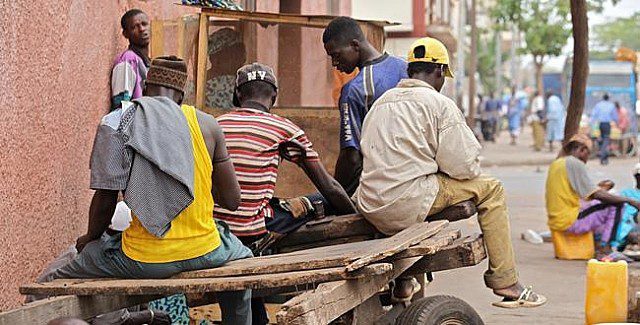Fred Kyei Asamoah, Director General of the Council for Technical and Vocational Education and Training (CTVET), has highlighted that recent efforts by the Ghanaian government, including initiatives like Free SHS (Free Senior High School), are proving effective in reducing youth unemployment.
According to the 2023 Annual Household Income and Expenditure Survey (AHIES) released by the Ghana Statistical Service (GSS), over two million young people aged 15-35 in Ghana are currently not in education, employment, or training (NEET). The survey indicates that females comprise the majority, with 1.2 million, compared to 715,691 males.
The report identifies the Greater Accra Region as having the highest number of NEET youth, totalling 565,360, followed closely by the North East Region. Notably, urban areas record a higher NEET rate of 20.6% compared to 15.0% in rural areas.
However, the overall NEET rate has significantly declined, dropping from 24.1% in Q3 2022 to 18.2% in Q3 2023, marking a notable 5.9 percentage point decrease.
Speaking on the Asaase Breakfast Show with Kwaku Nhyira-Addo, Asamoah expressed optimism about the findings: “The decrease from 24.1% to 18.2% is positive news for Ghana. Despite population growth between 2022 and 2023, the NEET number has decreased. This suggests that government initiatives such as Free SHS and investments in Technical and Vocational Education and Training (TVET) are yielding results.”
Asamoah highlighted the broader impact: “For a developing nation like ours, seeing these interventions bear fruit is encouraging news.”
The decline in the youth NEET rate underscores ongoing efforts to enhance educational and employment opportunities for young Ghanaians, reflecting a positive trend in the country’s socio-economic landscape.
Listen to Dr Fred Kyei Asamoah in the attached audio clip below:









![“It’s hard to say goodbye” – Christian Atsu’s wife composes emotional tribute song for him [Video]](https://ghananewss.com/storage/2023/05/Christian-atsu-and-wife-100x75.jpeg)







